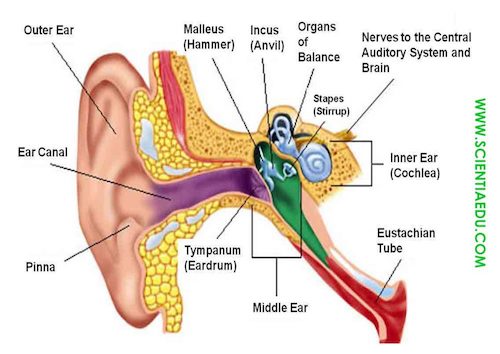To put the clinical trial in some context it seemed like a good idea to baseline how I found myself here on the verge of gene therapy.
I lost my hearing late in life. Am 70 now and heard perfectly well until I was about 55. That was when I contracted Valley Fever. It is a disease caused by fungal spores and is pretty much confined to Arizona and parts of California in the US. It turned out I was 1% of the 5% that have a severe reaction to the disease. My episode devolved to fungal meningitis and then a couple of years on daily anti-fungal medication. The treatment totally disrupted my metabolism including weight gain and bone loss.
Toward the end of the treatment period was when I really came to acknowledge the hearing loss as well.
What’s to blame? Rock Concerts and work related loud sounds when I was younger? High Fever with the Meningitis? The two years of anti-fungal medication? Genetics?
For me there is not a clear answer, though I suspect it ultimately had something to do with the Valley Fever.
Mostly it doesn’t matter. The only issue for me became how could I best mitigate the hearing loss.
That began my foray into the land of hearing aids- and any other technology I could find that would help me function in the world. I was losing my ability to socially and professionally communicate.
I’ll try to convey what I have learned about hardware in later posts. For now I’ll say that the extensive hardware I use enables a functional level of communication for now.
Obviously none of those measures address the medical issues of gradually deteriorating hearing and the question of “what if anything, can be done?”
(Should note here that my hearing loss is asymmetrical. My right ear is functionally deaf and I rely on the remaining hearing in the left ear.)
The most obvious end game seemed to be another “hardware” solution… a cochlear implant.
But then last year I began reading about and researching some very early work that was being done to regrow the damaged “hair cells” in the inner ear that cause most hearing loss. It seemed that gene therapy might be able to jump-start the hair cells to regrow or repair. That does not normally happen. Once the stereocilia are damaged, it is considered permanent.
Longer story shortened, one study I found was just ready to begin human trials after extensive work in mice. I was able to track down researchers at one of the two study sites through my alma mater, Columbia University. Columbia and Kansas University Medical Center were beginning the surgery that uses a virus implanted in the fluid of the inner ear to deliver the gene. I let them know that I was interested in being part of the trial.
After exchanging a lot of correspondence and medical records, I gained preliminary acceptance that ended up with me being placed for a final medical screening and (hopefully) scheduling of the surgery sometime in the fall of 2018.
I traveled to Kansas City on September 10th for that screening.
The rest of this blog will attempt to chronicle that journey.

All the best to you, Rip. Am really interested in keeping track as you travel this road.
Jeff Fereday
Exciting! Glad you haven’t given up and are sharing. Thanks.
Donna McMullen (one of Carol’s friends)